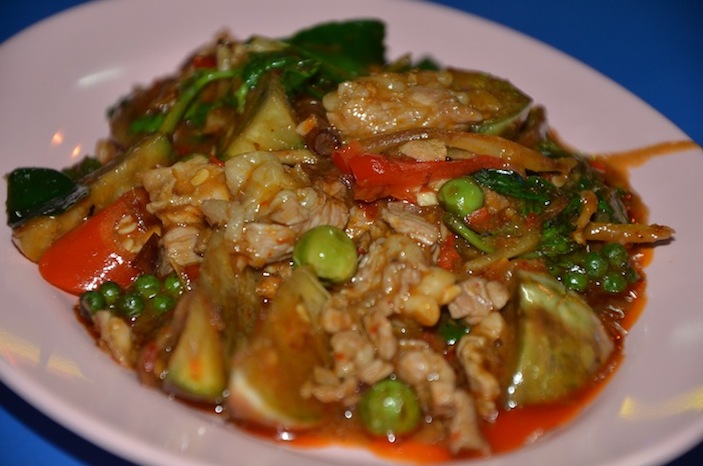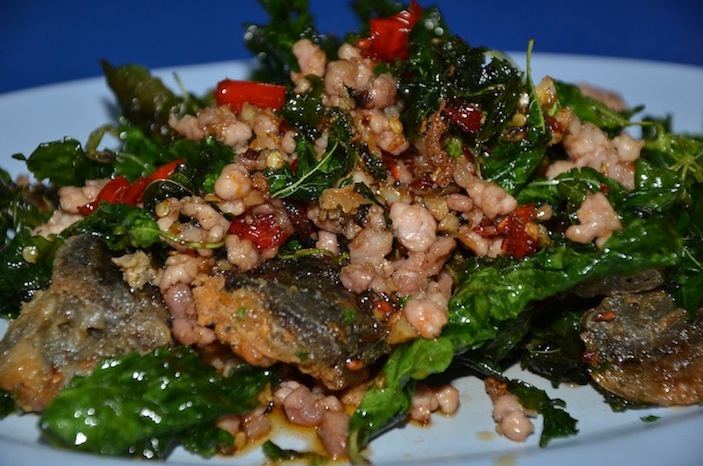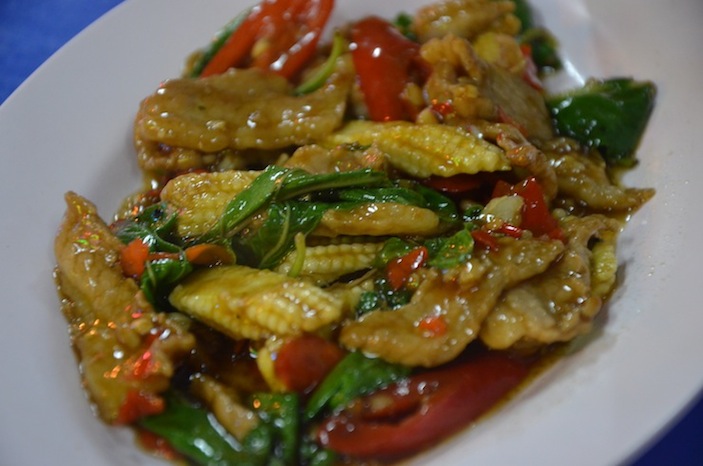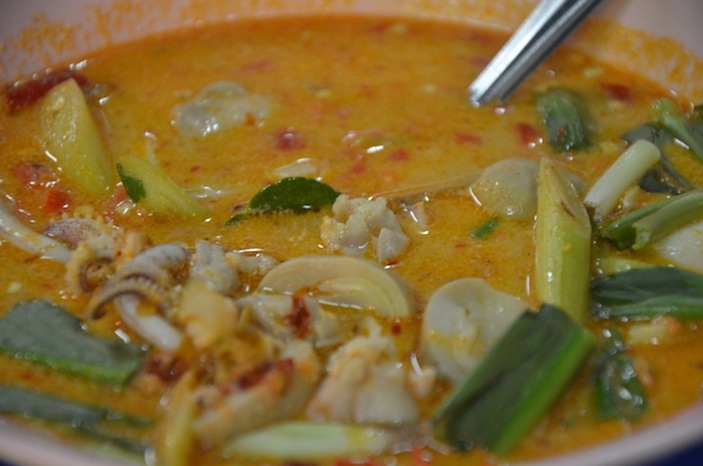Cafe Culture: How to Enjoy the (Lack of) Service!
One of the joys of spending time in France, and indeed one of the very staples of French culture, is to spend your afternoons sitting in a café, sipping on a coffee, in the company of friends or at least a good book. If you want the full experience, add a semi-rude waiter to that equation.
You see, as charming as its cafes are, and as much of a premium as French culture places on gastronomy, service is not typically considered one of its strong points. If you know this going in, you can actually find the lack of service charming.
Here are a few tips to help you make the most of your experience:
- If you’re on a tight schedule, take your drink to go: Dining in French cafes or restaurants can be painfully slow at times. Don’t complain, just expect it and look at it as if you’re sitting in a theatre people watching.
- Don’t order café au lait: You want to impress the waiter with your knowledge of French, but in this country, that drink is enjoyed in the morning, at home, from a bowl. You’re probably thinking of a café crème instead.
- Say your s’il vous plaits: Manners are a must in France. Whatever you order, follow it with s’il vous plait.
- Don’t talk back: If you’re asked “how was it”, simply reply “tres bien”. If you didn’t like it, he doesn’t care, and surely isn’t going to do anything about it.
- Keep the tip: Part of the reason French waiters don’t have to be polite is that they aren’t dependent on tips. If you do get lucky and have a pleasant server, rounding up to the nearest euro or leaving a few euros on the table is more than enough reward.
- Use all your senses: Make sure to enjoy all of the sights, sounds and smells from the world surrounding you!
.jpg)
























